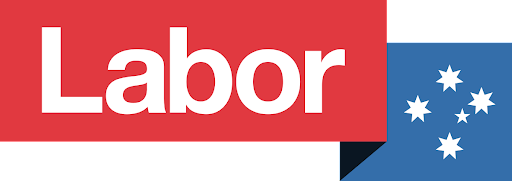Week 9: Labor
Hello All! Welcome to Week 2 of our 4-week series examining Australia's biggest political parties. Last week, I introduced the Liberals, the senior partner in Australia's governing coalition. Today, I will introduce you to the current Federal Opposition, the nation’s oldest political party, the Australian Labor Party (ALP).
Before Federation, most colonies were host to a political entity representing organised labour. Following Federation, these ideologically aligned but geographically distant parties unified to form one party to represent the workers of Australia, now the ALP. Since Federation, the ALP has governed for 38 years. The longest period of successive ALP governments came between 1983 and 1996, under the leadership of Bob Hawke and then Paul Keating.
According to its constitution, the ALP is a democratic socialist party. In other words, the ALP believes government has a key role in meaningfully improving Australians' lives. To achieve this, the ALP stands for: “The redistribution of political and economic power so that all members of society have the opportunity to participate in the shaping and control of the institutions and relationships which determine their lives”.
In practice, redistribution of economic power generally involves a progressive tax system. Those with higher incomes pay more to support social welfare systems, such as Medicare, the NDIS, and the Aged Pension.
Key Figures:
Bob Hawke and Paul Keating were Australia’s 23rd and 24th Prime Ministers respectively. During the Hawke Prime Ministership, Keating served as Treasurer. They are commonly regarded as responsible for modernising the Australian economy. Their achievements include reintroducing Medicare following its repeal under the Liberals, deregulation of the financial sector, and compulsory superannuation. Both men had unique personalities. Hawke was known as the People’s PM, while Keating’s razor-tongued approach to politics earned him adoration by his followers and admonishment by the rest.
Core Constituents:
As the political party representing organised labour, the ALP's traditional constituency rests with Australia's unions. In the 90's, ~60% of "working class" voters voted for the ALP; however, this has fallen to ~40% in recent years. Compared to the Coalition, Labor is more popular with the youth vote, competing against the Greens. Ultimately though, the unions remain Labor’s bedrock of support. In recent years, class and occupation have been less influential in determining voting patterns than education levels. In the 2019 election, Labor's largest swings came from electorates with higher educated constituents. Conversely, the Liberals generated their biggest swings in electorates with comparatively lower levels of education.
Key Policies:
1975 and 1984: Universal Healthcare
First established under Gough Whitlam and then again under Bob Hawke, Medicare is the Australian welfare state's centepiece. It entitles every Australian to access medical care free of charge, funded by a 2% income tax surcharge Medicare levy.
1984: Sex Discrimination Act
The Hawke Government secured the passage of the landmark Sex Discrimination Act, protecting people from unfair treatment based on their sex, sexual orientation, gender identity, intersex status, marital or relationship status, and criminalised sexual harassment.
So now that you’ve got the info on the majors, we’ll shift our focus towards the junior Coalition party, The Nationals. Representing Australia’s regions, the Liberals’ noisy neighbours punch well above their weight in the boxing ring of Australian politics. See you next week.



